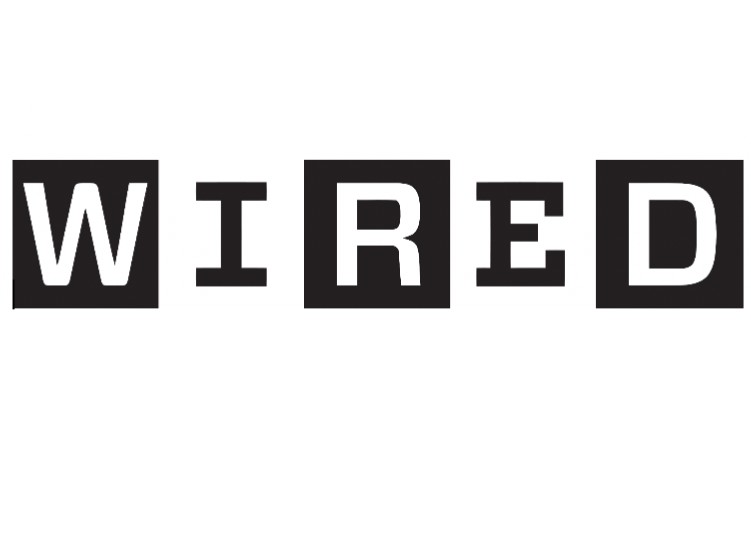THE GREEN BAY Packers play in one of the tiniest media markets in the NFL, with a small but famously loyal fan base. It’s a key part of their charm. It’s also why it was so bewildering to discover that the single most-viewed URL on Facebook over the past three months, with 87.2 million views, belongs to an obscure site devoted to charging people to hang out with former Packers players.
That fact is one of several bizarre data points to emerge from Facebook’s first-ever “Widely Viewed Content Report.” The document is apparently an attempt to push back against the narrative that the platform is overrun with misinformation, fake news, and political extremism. According to data from its own publicly available analytics tool, CrowdTangle—data skillfully popularized by New York Times reporter Kevin Roose—the list of pages and posts with the highest engagement on the platform is heavily dominated by less-than-reputable right-wing publications and personalities like NewsMax and Dan Bongino, who vastly outperform more trustworthy mainstream publications...
“I find the report really odd because there’s so little—in fact there’s really no justification provided for the parameters that they set for this analysis,” says Rebekah Tromble, director of the Institute for Data, Democracy, and Politics at George Washington University. The data, she points out, only includes “public” posts—which are visible to anyone on or off Facebook—encountered in users’ NewsFeed. That apparently means it excludes views of anything shared with only friends or friends of friends. It also leaves out any views that took place on pages or in Facebook groups rather than the NewsFeed, despite the fact that Facebook itself has emphasized the value of posting within groups. The report is further limited to “organic” views, which excludes not just advertisements but also previously organic posts that someone has paid to promote. These parameters, plus the fact that Facebook cuts off each list at 20, mean the report does not give anything close to a full picture of what people see on the platform. Perhaps there are good reasons to limit the data that way, but if there are, Facebook hasn’t explained them.


